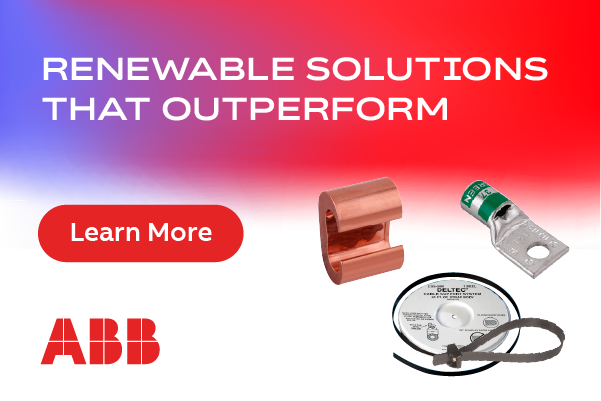Seamless Synergy: NextGen dual photo-voltaic/photo-thermal (PVT) energy systems
Hybrid panel architecture for dual-stream energy generation meets advanced engineered plastics for thermal energy storage. While that might seem like a lot to unpack in a single statement, the two concepts couldn’t be more complementary.
It’s been over 80 years since MIT demonstrated the first viable photo-thermal solar-heated home; some two generations later, photo-voltaic solar electricity became commercially viable. Along with both of these solar energy innovations came the natural “next step” of combining them into a single energy stream and collection system, and, by doing so, maximizing the potential energy harvest from the sun.
While that sounds simple, it was a challenge for earlier materials and technologies. As a result, solar PV for electrical generation and solar thermal for hot water production continued down their separate system paths. And, since both solar PV and solar thermal systems took up considerable space to implement, they were almost always an either/or decision — especially on a rooftop, where you had room for one or the other, but not both.
The exception, and first step, was the PVT (solar electricity plus thermal) collector, with potential to maximize the use of rooftop space, or any dedicated area, by producing both heat and electricity from a single device. Originally a somewhat cobbled-together approach, these panels usually consisted of a standard PV module fixed to a fin-and-tube thermal capture device, in an unglazed assembly. As such, they had lower power density than either PV or PT panels of the same size by themselves, with the best peak combined thermal efficiency between 30-50 percent (depending on the heating application). Nevertheless, by 2020 there were over 25k such systems operating globally, often augmented with heat pumps to raise their overall lower efficiency.
Needed: a new generation of dual energy stream panels
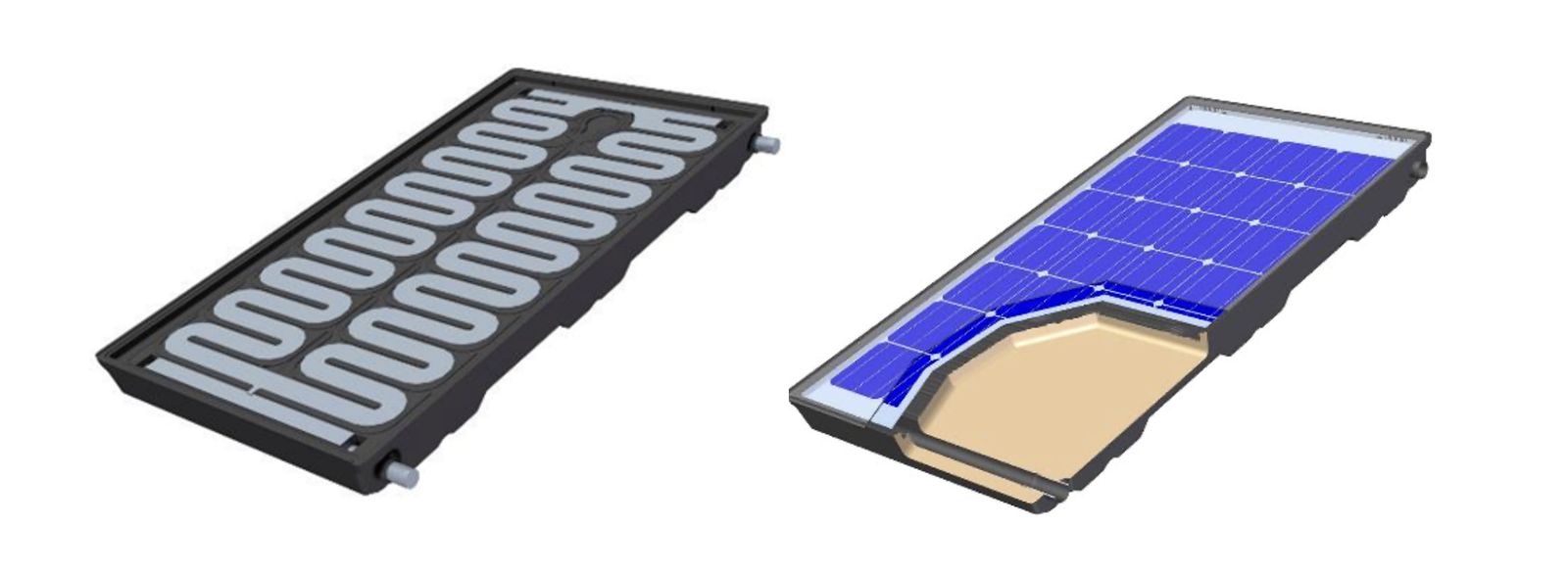
Figure 1: the core components of a next-generation PVT (combined solar PV and solar thermal) glazed panel. The outer shell is manufactured using a glass-reinforced plastic material and injected with a high-temperature rated PUR foam made by BASF, with the liquid flow channels for heat collection molded into the enclosure’s surface itself (above left). This eliminates the older fin-and-tube collection method, A PV-generating insert (above right) is encapsulated in the shell as well, on the front. Because the molded-in channels both collect solar heat and cool the PV layer they support, this hybrid panel architecture is even more efficient at generating electricity. (courtesy PowerPanel)
Recent advances in materials and manufacturing technology have made it possible to more thoroughly integrate solar thermal collection with solar electricity generation. Glazed, sealed shells made from glass-reinforced blow mold materials can accommodate high-temperature foam injected inside them, with the heat-collecting liquid channels molded right into the surface. These molded enclosures can also easily accept an “encapsulated” PV insert on the front (see Figure 1).
This newer design represents a significant improvement over the fin-and-tube heat collectors strapped to the back of a PV panel commonly used in the past. The result? A true hybrid PVT panel that’s more efficient and effective at capturing the sun’s energy from two solar streams. In a typical system incorporating these next-gen PVT panels, an array of them might have a third more surface area — but its peak power density will be over four times greater than that of a PV array alone, and over 80 percent efficient at capturing the sun’s energy, as compared to the less than 25 percent efficiency of PV alone (see Figure 2).
As a result, the real-estate “footprint” of a new-technology PVT hybrid solar energy system is used much more effectively, which is especially welcome in installations taking up valuable rooftop space. Also important for achieving sustainability goals, a system using the newer PVT hybrid panels can achieve four times greater decarbonization over a system using PV panels alone.
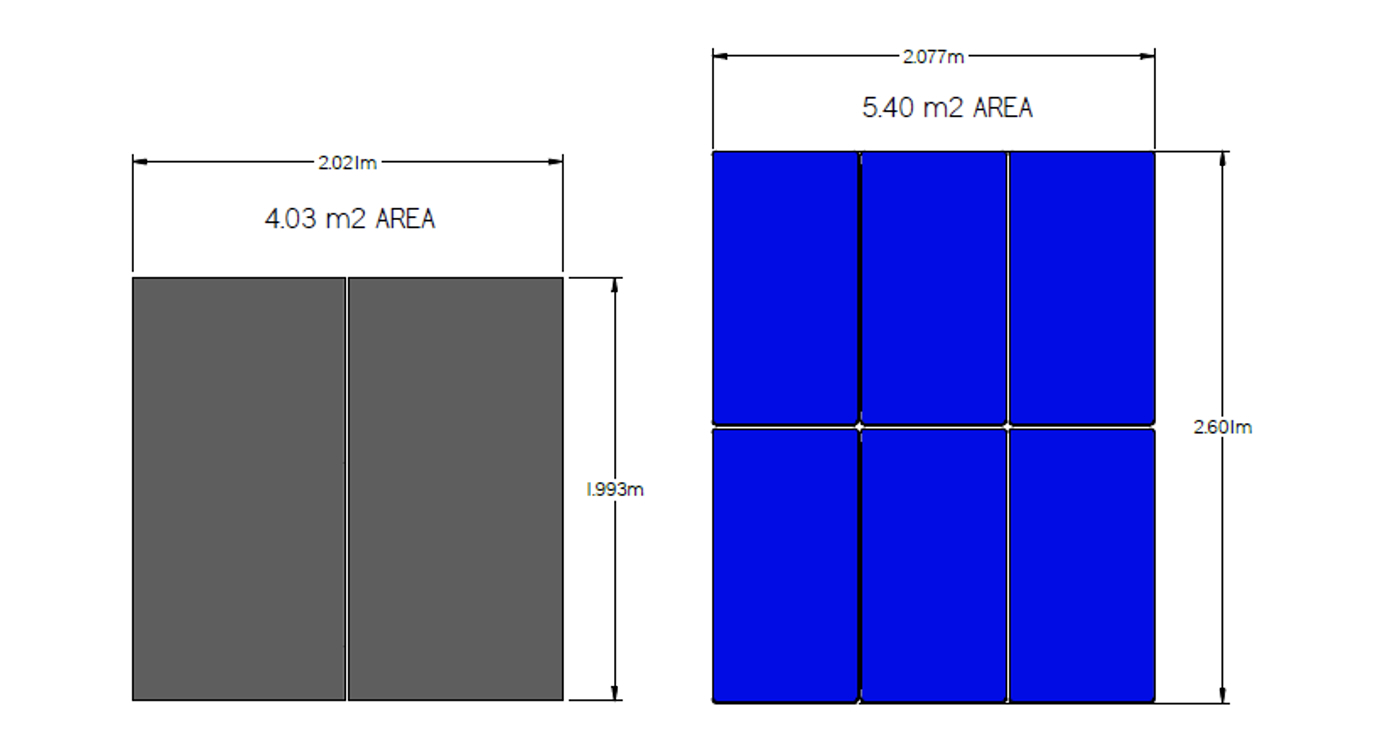
Figure 2: a comparison between a typical PV-only array (left, grey) and PVT array (right, blue). Both generate nearly identical PV output: approximately 800 Watts DC. The addition of solar thermal collection built-in gives the PVT array over 4 times the power density of the PV array alone — 855 Watts/m2 vs. 198 Watts /m2 — with only a third increase in surface area.
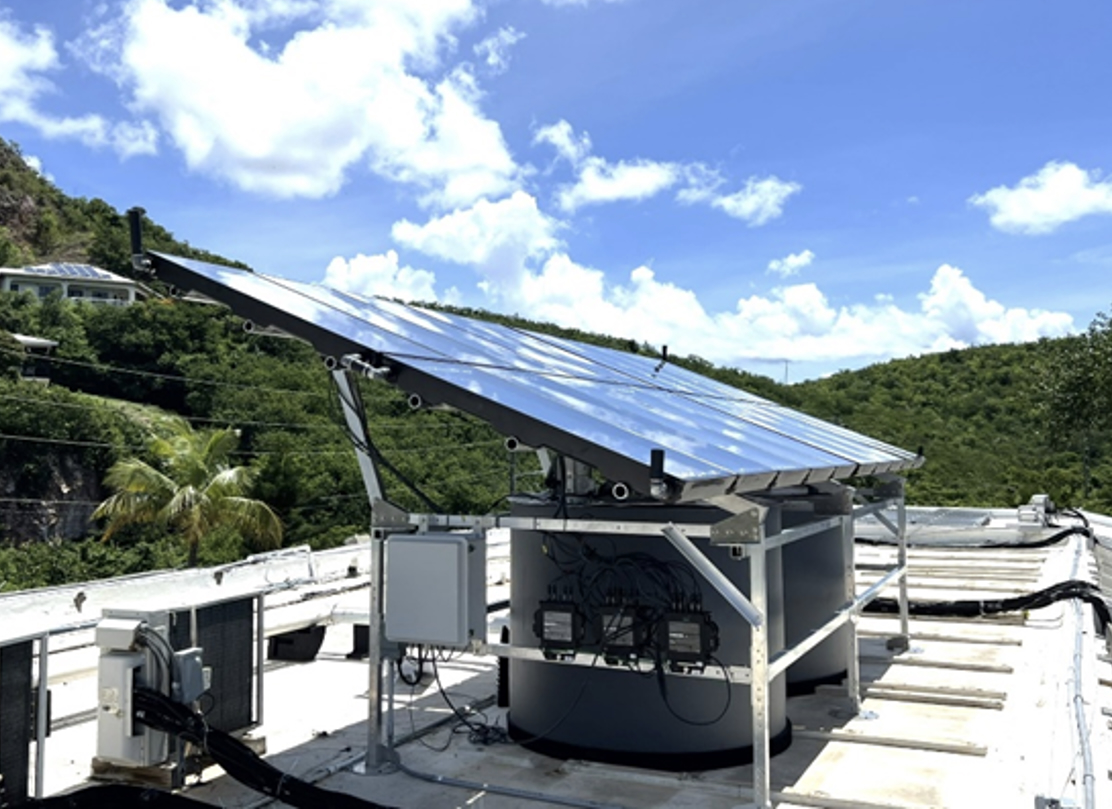
Figure 3: an example of a next-generation PVT system installed on the rooftop of a resort, with an array of 20 dual energy stream PVT modules using the latest manufacturing and materials technologies including encapsulated PV inserts and molded flow channel construction. The system’s combined peak energy output is over 15kW (solar PV plus solar thermal), from a footprint that’s less than 200 sq. ft. The PV generated enables the system to function as its own self-contained “power plant” to run the water and heat pumps, heat exchangers, and other devices that comprise a hot water production and delivery system. Such a system can supply an entire commercial facility with enough “net zero” hot water to meet its entire needs. A bank of 8 on-board storage batteries and a charging system ensure operation 24/7. (courtesy PowerPanel)
Advanced thermoplastics improve thermal energy storage
A complementary PVT development in materials features engineered plastics being used for hot water tank construction, over steel and steel glass-lined conventional types. One such material, Expanded Polypropylene foam (EPP), while much lighter in weight than steel, has up to twice the insulation capability over conventional tanks, as well as superior impact and chemical resistance. That is especially critical in PVT systems installed in regions dependent on reverse-osmosis (RO) water from desalinization plants, including the Pacific, Caribbean, and the Middle East. Because RO water is much harder and more corrosive on steel, these new engineered plastic tanks are a superior alternative.
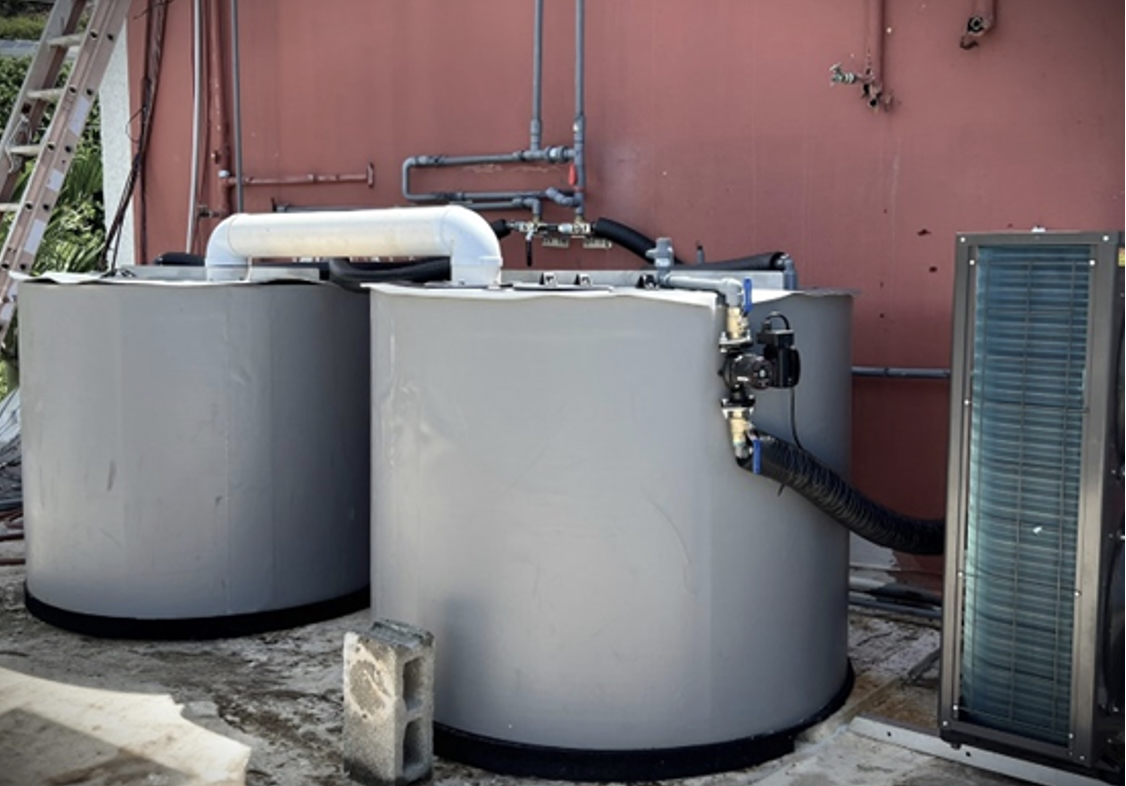
Figure 4: 350-gallon thermal storage tanks made entirely from advanced thermoplastics, in this case Expanded Polypropylene foam (EPP). Such a tank is much lighter than steel and has superior corrosion resistance. It also has superior insulation capabilities, losing just 2°C / 3.6°F of heat over a 24-hour period. Because the plastic comes in sections, the tank’s pieces can easily be carried up stairways and down narrow hallways for final assembly, making it extremely cost-effective to install on-site, at ground level or rooftop. (courtesy PowerPanel)
The new generation of PVT panels and new developments in thermal tank materials are ideally matched for each other when used in a complete system (Figure 3), where the increased output of the PVT panels is fully captured and maximized by the improved thermal storage capabilities of the tank. Expect to see an expanded presence of PVT in commercial and residential applications, as developers and installers become fully aware of the advantages of dual-stream solar energy harvesting from a single source.
Garth Schultz is President at RG Resource Technologies Inc./PowerPanel, which specializes in designing, manufacturing, and distributing systems that seamlessly integrate solar and thermal technologies.
Mark Cerasuolo is with Siena Marketing LLC (former Morningstar Corp. & OutBack Power Technologies).
PowerPanel | www.powerpanel.com
Author: Garth Schultz and Mark Cerasuolo
Volume: 2024 November/December









.png?r=3692)


